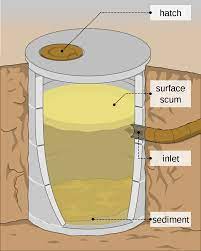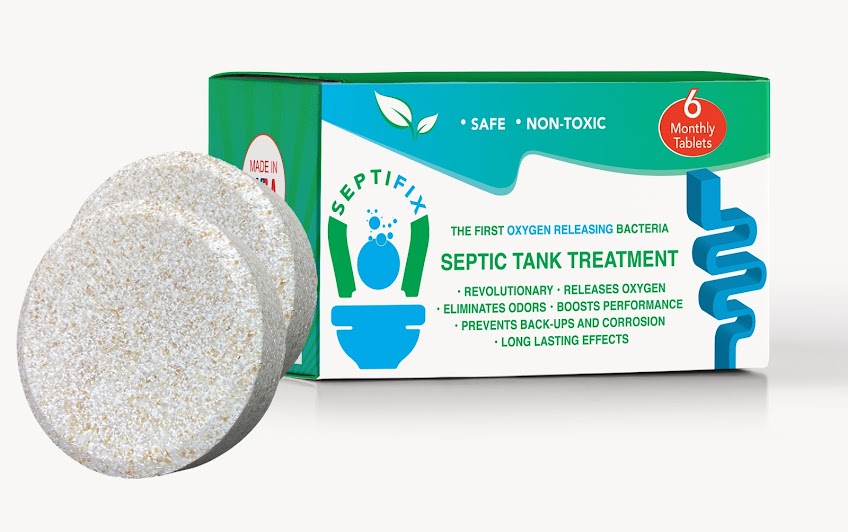How to test aerobic septic systems sprinklers?
More and more homeowners are choosing aerobic septic systems over anaerobic ones — and it is easy to understand why. Aerobic septic systems are environmentally-friendly and produce a higher quality secondary effluent, which can be used for surface irrigation. You can use sprinklers to distribute water in your garden or backyard.
So, how to test aerobic septic system sprinklers? Open the control panel of your aerobic septic system and turn the notch or button in the middle (usually white in color) upward. Once you do that, the pump in your aerobic septic system gets activated, and it will emit treated wastewater through sprinklers on to your lawn or backyard.
Call Septic Service Pros 1.855-925-0760 For Service or Request a Quote
How to test aerobic septic system sprinklers?
Aerobic septic systems generally disperse wastewater through spray distribution systems involving sprinklers. Because the treated wastewater is of high-quality in the case of an aerobic septic system, it can be safely used for watering a lawn, garden, or backyard. We recommend contacting a qualified professional to perform septic system work.
Call Septic Service Pros 1.855-925-0760 For Service or Request a Quote
If you are not sure about how to test Aerobic septic system sprinklers, simply follow these steps:
- Open the control panel of your aerobic septic system
- You will see a small button on the timer knob (It is usually white in color)
- By default, this button is in the middle position
- Simply move it up to test the aerobic septic system sprinklers
- Once you have tested the sprinklers, it is up to you whether you want to leave the button in the upward position or not. When it is in its upward position, the septic pump will disperse wastewater until the flow reduces
Please note that aerobic septic systems come with a timer, which allow you to schedule when the sprinkler will spray. You can easily set the desired time by rotating the knob. If you want to test the sprinklers or spray on demand, move the white button upward (as discussed above).
The white button should always be in either its middle or top position. If it is in the down position, then septic pump will not disperse wastewater, which is not an ideal scenario as that will mean the water level inside the septic tank will continue to rise with every inflow.
Call Septic Service Pros 1.855-925-0760 For Service or Request a Quote
Do’s and Don’ts of Aerobic Septic System Maintenance
Aerobic systems usually last longer than conventional septic systems. They also produce higher-quality secondary effluent. But do not for a minute think that they can do all this without a little help from you. Like traditional septic systems, aerobic septic systems require routine maintenance for smooth functioning. Here are the most important do’s and don’ts for keeping your aerobic system in top shape.
DO hire licensed professionals for inspection and pumping. According to most experts, an annual septic inspection is the best way to ensure your septic system always functions at its peak. An annual septic inspection is not costly but can prove invaluable. It can help identify any minor problems before they mushroom into complicated and expensive issues. You should also get your septic tank pumped once every 2 to 3 years.
Call Septic Service Pros 1.855-925-0760 For Service or Request a Quote
DON’T panic in case the aerobic septic alarm turns on. More often than not, this is not an emergency. Open the control panel of your aerobic system to manually turn off the alarm. Alternately, give your maintenance provider a call. He or she will fix the issue and also ensure everything else is in order. .
DO be careful of what you flush into your septic system. Aerobic septic systems — or any septic system for that matter — is not designed to handle sanitary napkins, oil, grease, fat, coffee beans, cat litter, medicines, cigarettes butt, condom, diapers and wipes, dental floss, and paper towels. Also, do not flush bleach or harsh chemicals, as they kill the good bacteria in your septic tank. If the bacteria and microbe population depletes, so would the performance of your septic system, which means there is a chance that wastewater may back up. Aerobic systems are built for treating domestic wastewater and toilet paper only.
DON’T overburden your aerobic septic system by doing all your laundry and dishwashing on the same day. Instead, spread your laundry over the week.
DO avoid spraying treated wastewater over the same area every time because this will lead to excessive saturation or wetness.
DON’T turn the aerobic system pump off.
DO check the chlorinator once every few days. You can check it once a week or a month, but make sure you do check it. Chlorinator is used for disinfecting treated wastewater before it gets distributed via the spray heads.
DON’T store chlorine near water heaters. Store it away from electrical and gas. You should always store chlorine in a dry, cool, and ventilated area.
DO watch out for signs that tell your septic tank needs servicing. If you notice drains in your home backing up, that is a good indicator that your aerobic septic system must be pumped. Another good indicator is the growth of lush, green lawn of the drainfield. You must also call your maintenance provider without delay if you notice bad smell coming out of your drains. Water pooling in various places around your yard for no apparent reason and sewage backup are other tell-tale signs of your septic tank being full and requiring pumping.
DON’T use standard swimming pool chlorine tablets to disinfect treated wastewater. Only calcium hypochlorite tablets should be used in chlorinators.
DO hire a licensed septic professional in case you notice a problem with your septic system.
DON’T let vegetation grow uncontrollably around your spray heads. Instead, keep vegetation trimmed or mowed around the spray heads and the septic system.
Do use septic tank friendly toile papers.










